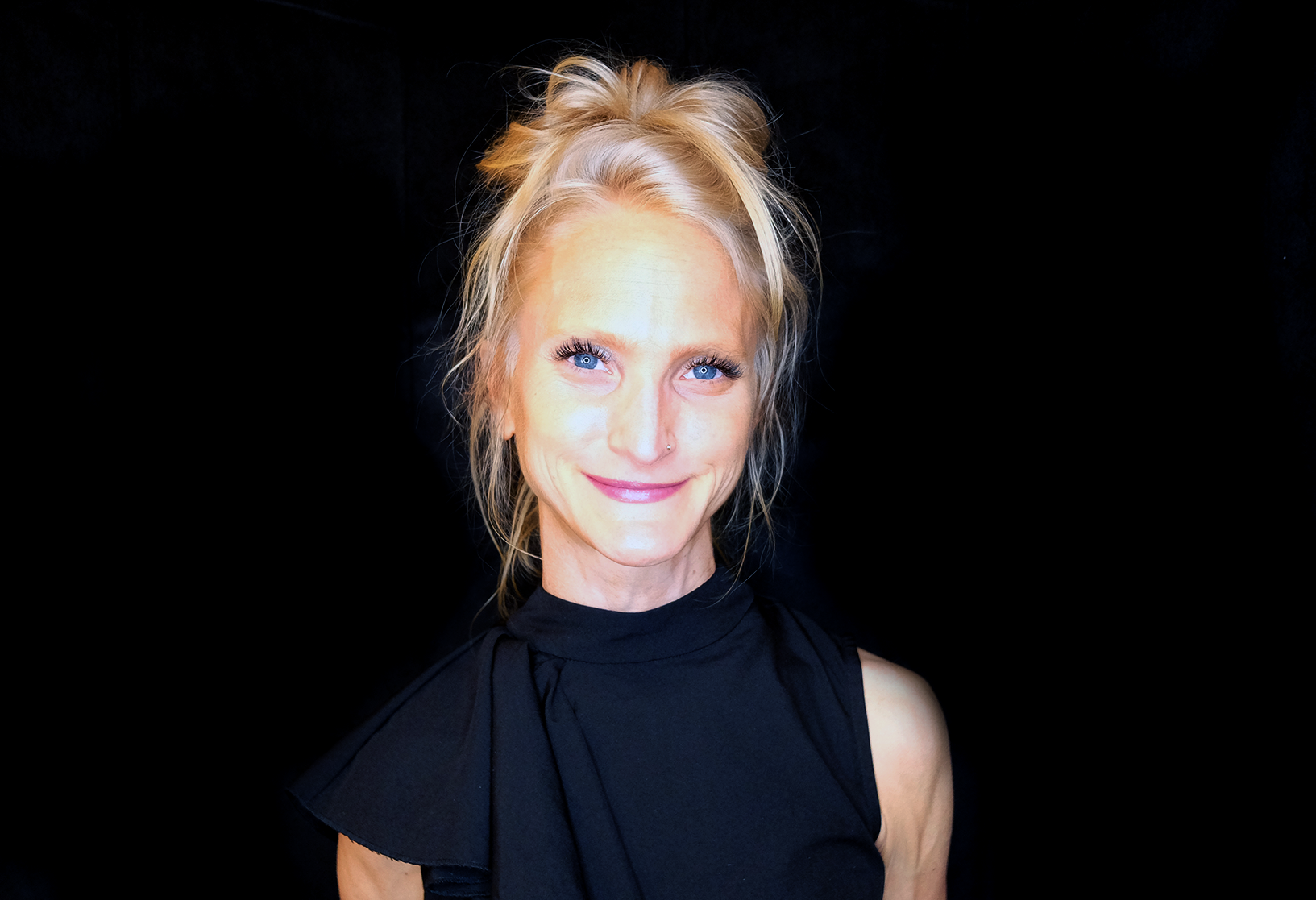Producing a film is a beautiful way to share your vision with the world. It’s also really expensive. Before you set up a camera or start hiring actors, you’re going to want to know exactly how expensive it’ll be. And that means making a film production budget.
In this article, we’ll break it all down so you’ll walk away understanding what a production budget might look like, what it should include, and how creating a really good one now will benefit all of your future projects.
Film budget template
First, let’s create a case study to work with.
Let’s say you’re creating a short documentary with one other person. Together, you’ll be storyboarding, shooting, and editing. Your doc will include in-person interviews, which will require five flights over 15 days.
Once shooting is complete, your team will work together on post-production. You’ll hire an outsider to help with the color and sound mix. Finally, you’ll release your film out to the world for all to enjoy.
Your movie budget might look like this:
Essential budget categories
Before we dive into the full film budget breakdown, it’s important to remember that a budget doesn’t need to be exact numbers. It’s more of a guide (ideally, backed up by real numbers). It’s a way of making sure you have enough film financing to create the project you envisioned. Another thing to remember: there will always be costs you didn’t plan for. The taxi ride you didn’t think you’d need, or the equipment rental because your gear got corrupted. That’s why I always round up.
Research and pre-production
This is an essential but surprisingly overlooked budget stage in the filmmaking process. Setting time aside for research and pre-production offers you the opportunity to lay the groundwork for the entire production. What you do during this stage will be varied. You could be researching your subject area, finding sources, location scouting, sourcing equipment.
In my experience, it’s especially important to flesh out this stage because it tends to be the one with lots of hidden costs, such as purchasing equipment or organizing and attending meetings, which costs time.

Fieldwork
If your project requires travel, you’ll soon see the production costs adding up in this section. Your budget should include everything from planes, trains, and boats to gas, lodging, and a daily food allowance.
For multiple trips that vary in cost, such as flights, use the average. (That is, add them all up and divide by the number of trips).
Post-production
You’ve collected your footage and now it’s time for post. The main thing to be realistic about here is how much time it’s going to take. Post-production costs cover everything from transcribing interviews to building out your story to adding music and graphics. It takes time.
And you knew I was going to say this, but Descript is a fantastic tool for tackling this stage. The AI-powered app lets you record and automatically transcribe your footage, find and add stock media, clean up your audio, and a ton more. It’s pretty neat being able to do the entire thing in one tool.

Outreach and distribution
Like the research and pre-production stage, this stage is often forgotten. Like hey, I’ve made my film! Ta-da! The reality is, now you’ve got to hustle to get folks’ attention.
This stage doesn’t have to be costly—YouTube has worked wonders for many—but I do think it’s worth considering hosting your film on your own site. Whether it’s a vlog series or a standalone film, having your own website gives you ownership of your brand from the moment your film launches. It’s also somewhere your viewers can access non-video content and learn more about your project.
A note on miscellaneous items
I like to budget in miscellaneous items wherever possible because you just never know. If you can, budget 10% of the total for that stage. For example, if the total for my research and pre-production stage is $1,500, I’ll budget $150 for miscellaneous items.
Top tip: If you’re working on a multi-year film project, make sure you budget for inflation!
Final thoughts
Creating a film budget requires careful planning, a thorough understanding of your project's needs, and a keen eye for detail. While this serves as a solid example, remember that your project may have unique requirements. Be prepared to adapt and refine your budget, particularly as your project progresses. With careful planning and a well-structured and organized budget, you'll be well on your way to producing a successful film that doesn’t burn an unexpected hole in your pocket.
Just remember, always round up.











































